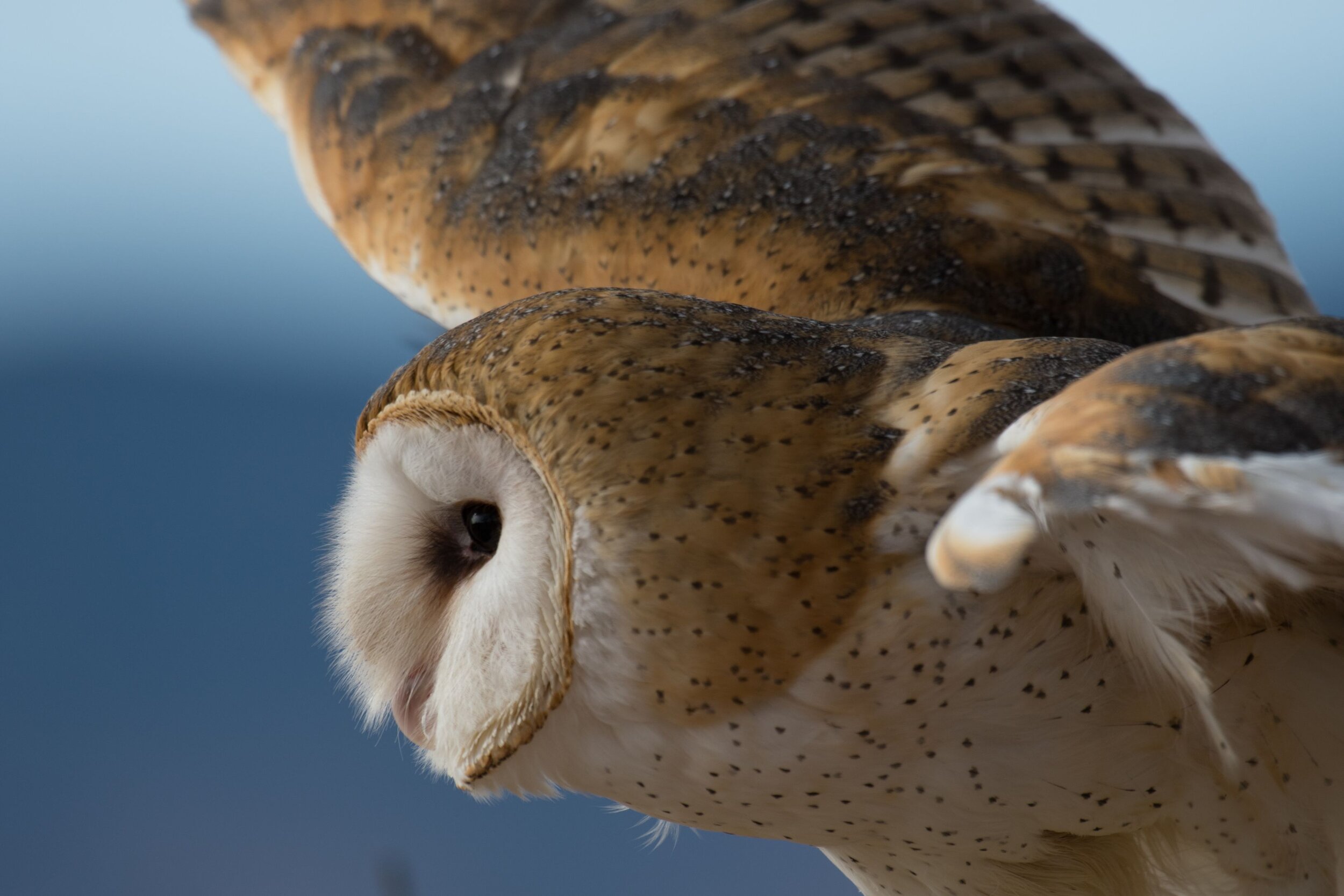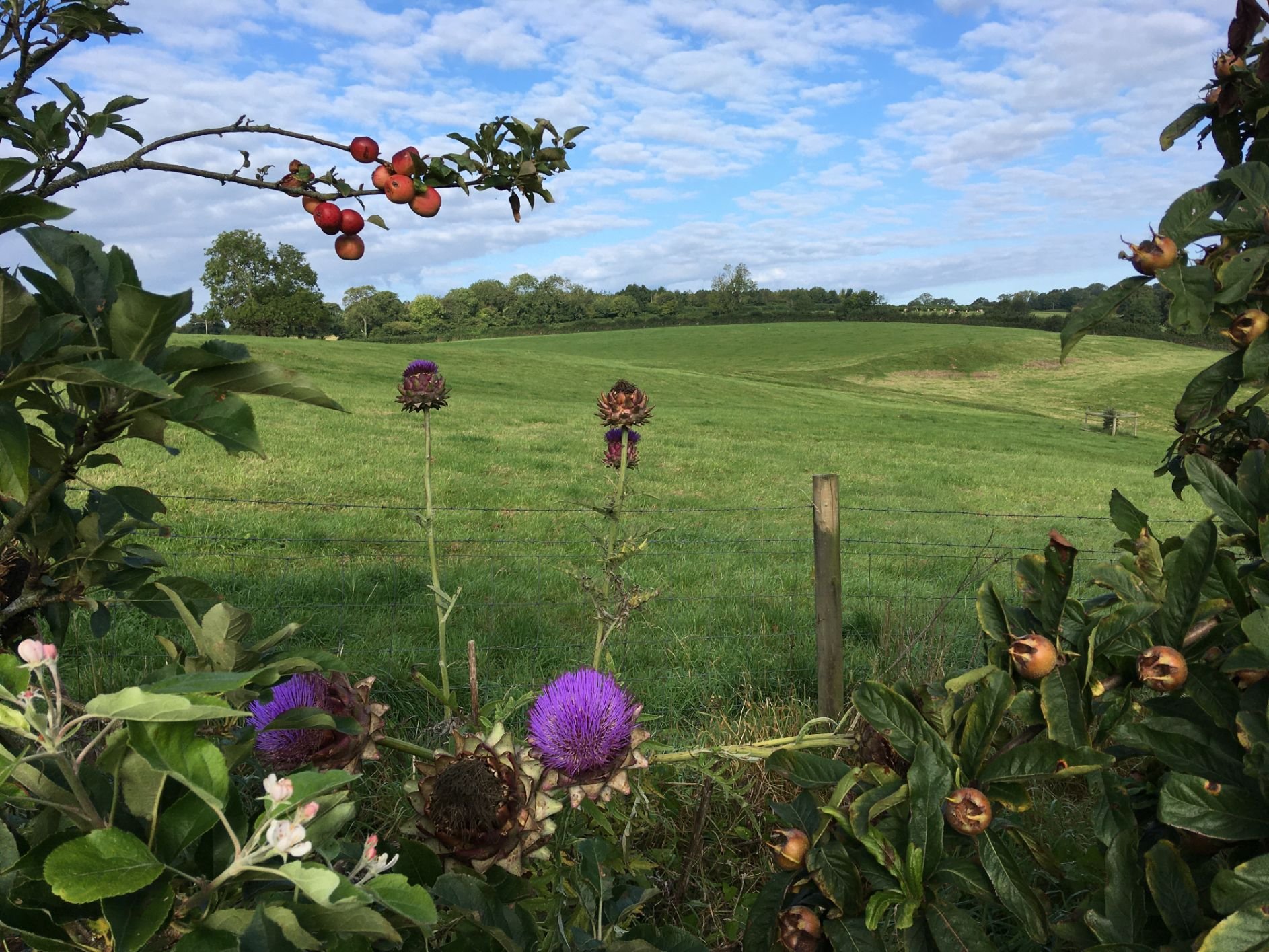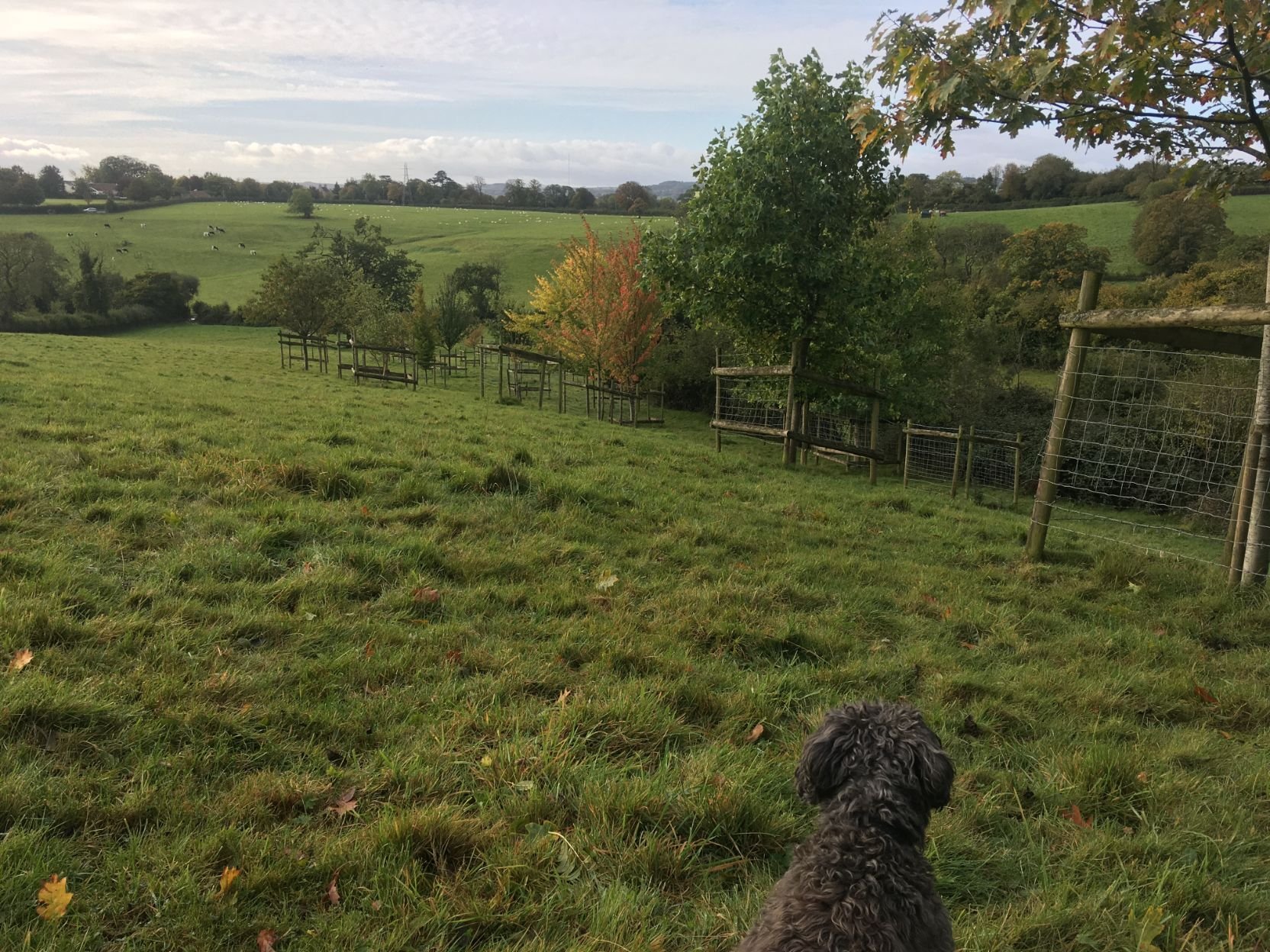
What We Do
Plan, Plant & Educate
Total Europe has 32% woodland cover.
The UK has 13% & England 10%.
The Chew Valley has 7%.
Rising to the climate and ecological emergencies for the sake of future generations, now is the time to see this cover increase, with the right tree, in the right place, for the right reason.
We want to double the Chew Valley’s tree cover in ten years - from 1000 to 2000 hectares of woodland. That’s 250 acres of tree cover a year, for the next ten years.

And here’s how we’re getting on…
This map shows the existing National Forestry Woodland, our opportunity woodland and our current projects here in the Chew Valley.
Have a look and see what types of woodland are on your doorstep.
How to use our interactive map:
To see the key for the map, including which woodland types are represented by which colours, click the open door symbol in the top left.
Use the + and - buttons to zoom in and out and click and drag to explore the map.
Here’s some of the logic behind our thinking…
For an insight into some of the research, science and local observations which are guiding our actions, have a read of the Terra Sulis Woodlands website.

Our Projects
An insight into just some of the projects we have been undertaking in the Chew Valley
Little Blew
Where
Near Hinton Blewett, Bath and North East Somerset
Who?
Helen, Freddy & Louis Jackson Brown
How
Our search began with an attempt to buy a couple of acres of woodland, drawn in by dreams of a hidden place. Over a period of 2 years, we excitedly attended auctions and viewed parcels of land without finding what we were looking for. Then in 2009 we found what we weren’t looking for, falling in love with open fields, hills and dips, trees and hedgerows, springs and swallets, scents and birdsong and a beauty we longed for. We became landowners, with borrowed money and no real plan of what to do with 28 acres.
Fortunately, the local farmer came to our rescue and offered to rent the land for grazing sheep and cows, and we agreed to what has been a successful partnership with shared values of benefiting the local environment and biodiversity. Sadly, later that year Freddy’s father passed away; John loved trees and so with friends and family we planted ‘John’s Wood’ in his memory.
The development of our orchard has been an incredible journey. We first dug and found sheets of rock which roots would have struggled with so moved further down the field where the soil was deeper. We wanted as long a fruiting season as possible so planted a variety of trees including apple, pear, plum, quince, damson and cherry as well as soft fruit. Soon we were given trees as presents and we were accommodating otherwise ‘homeless’ plants, acquiring medlar, sea buckthorn, Japanese wineberry, Welsh leeks. Friends that visited would bring gifts with them such as purple sage and artichokes and so evolved the forest garden. After studying permaculture, we ceased the unpleasant battle of mowing the grass in Audrey’s Orchard and instead mulched and trod pathways and watched in awe at the wildlife that turned up. The flowers of the different seasons, the incredible insects, the bats, the birds (that stole the cherries), frogs and toads, the never-ending busyness of nature allowed to flourish.
Check out pictures from some of Chew Valley Plants Trees’ planting days
What
As well as growing fruit and nuts for our own use and harvesting timber for fuel, our aim is to increase biodiversity and sequester carbon by planting trees and hedges – with the added benefits of shade and shelter for livestock present. The surveys completed by Avon Wildlife Trust, the Woodland Trust and local ecologists which have provided valuable advice to ensure we manage the land sensitively and that any planting is ‘the right tree in the right place’.
Over the years we have and will continue to plant native trees such as oak, sweet chestnut and field maple. In early 2020 we planted 150 trees including alder, hazel, willow and sweet chestnut, primarily for coppicing (Shady Nook Wood). To increase biodiversity there is also juniper, dogwood, rowan, birch, elder, holly, crab apple. As part of managing the brambles and blackthorn we have created a dead hedge which provides a valuable wildlife habitat. We planted 6 walnuts trees in 2022 (Pop’s Grove) which are individually fenced to allow grazing around the trees. In early 2023 a 400m hedge was laid. We are taking timber for firewood and chipping the brash to use for mulching around trees and hedges as well as future use as a compost/ soil improver.
Further developments for 2023 include planting a new hedge of mixed native species with trees every 6 metres. We are fencing off an acre of land for natural regeneration as a low-input method of increasing woodland cover (Wild Wood). A small area is being set aside for a local craftsperson to grow willow. Future plans include a forest garden and we will be planting sweet chestnut in the next couple of years as the first step.
We will be taking part in the Agroforestry Open Weekend during 19-21st May 2023 so why not pay us a visit. Agroforestry is a term used to describe the use of trees in agriculture. Whilst this practice is not new, it is receiving increased attention as we try to achieve greater sustainability and nature-friendly practices within farming. The weekend is an opportunity for farmers, campaigners, politicians, environmentalists and anyone else interested to have a look at agroforestry in action. Please see the website to find out more, you may wish to sign up to showcase your farm too!
How to contact us
helen.jacksonbrown@gmail.com
07758584953










Strode Waterfall Land & Story Project
Where
Strode Waterfall Land & Story Project, between Regil and Chew Stoke.
Who?
Ben Moss & SarahPoppy Jackson
What
19 acres of land. 1 acre of established woodland, 18 in regenerative change, which was pasture (previously used for equiculture). Since 2016 we have planted over 4000 trees including 200m of hedgerow, 120 agroforestry trees of fruit and nut standards, 1200 native broadleaf saplings, and 100m of willow windbreaks. This currently covers a total of 6 acres.
We are planning to plant out two more silvi-pasture orchards, combined with wildlife ponds and a tree nursery.
The landscape is transforming to polycultural agroforestry enabling carbon drawdown, community participation, food production and biodiversity enhancement. We aim for 10% water features, 35% species-rich grassland, and 55% wooded areas ranging from close-canopied native broadleaf to spacious fruit and nut silvopasture with diverse, densely planted hedgerows and windbreaks.
Check out pictures from our latest planting day in the Strode Valley
How
Progressively increasing tree cover year on year through hand planting involving the local community.
Results?
We have seen a proliferation in biodiversity, recent sighted wildlife include:
A breeding of Hobbies
Stoat
Grass snake
Barn owl.
Our sea buckthorn and autumn olive are starting to produce fruit, and our hazel nuts are also proliferating. The original trees planted in 2016 are now reaching more than 9' in height having begun their lives here as 2' sapling whips.
How to contact us
mossbenjamind@gmail.com
Some of the recently sighted wildlife on the project…

Barn owls have also been seen around this project

A pair of breeding hobbys are present too

Grass snakes are on the site
Westfield Farm
Bryony Huntley
When my husband and I moved here 25 years ago there were very few trees, just heavily grazed fields. With the help of professionals, friends, family and volunteers we now have thriving enterprises - Wilding Orchard, the Forest Garden and Limeburn Hill Vineyard on this site.
My next project is to create a Food Forest on 5 acres of south facing slopes which will provide sustenance for wildlife and for those who are interested in harvesting organically grown produce.
Our plan is part of the Chew Valley goal to increase tree cover locally and our slopes link well with neighbouring woodland such as Bitham’s Wood.
We will start planting trees from the Woodland Trust’s tree-planting scheme in November 2020.
This article gives some context to our work: https://www.eunomia.co.uk/earth-day-restore-our-earth/
Anyone interested in joining us please contact me via our website.
Wilding Cider
Wilding Cider make natural fine ciders from traditional orchards including their own one at Westfield Farm. They are gradually renovating several old orchards and have planted a new orchard, copse and hedge on the Farm with over 700 trees planted last winter.
Limeburn Hill Vineyard
Limeburn Hill Vineyard is an innovative, ecological vineyard perched on a sunny, south facing slope overlooking the Chew Valley. It is the only biodynamic vineyard in the south west of England, and one of only 7 in the UK.
Their ethos is to bring life and biodiversity to the land with delicious natural wine as a byproduct of that process.
Less than 50% of the land has been planted with vines, the remainder being managed for diverse habitat including the planting of over 200 trees.
Bristol Water at Chew Valley Lake
50 oak whips that were donated to Bristol Water and planted in 2021 at picnic area two at Chew Valley Lake. Each tree has a biodegradable tree guard, mulch mat and woodchip around them. They will be watered during dry spells.
Interpretation signs let the public know they were donated by Chew Valley Plants Trees stating our aim to double the tree cover in the Chew Valley by 2030.
“Many thanks for the trees, I’m sure they will be enjoyed by many people for years to come.”
Map of where the trees have been planted at Bristol water.
Click to expand

















